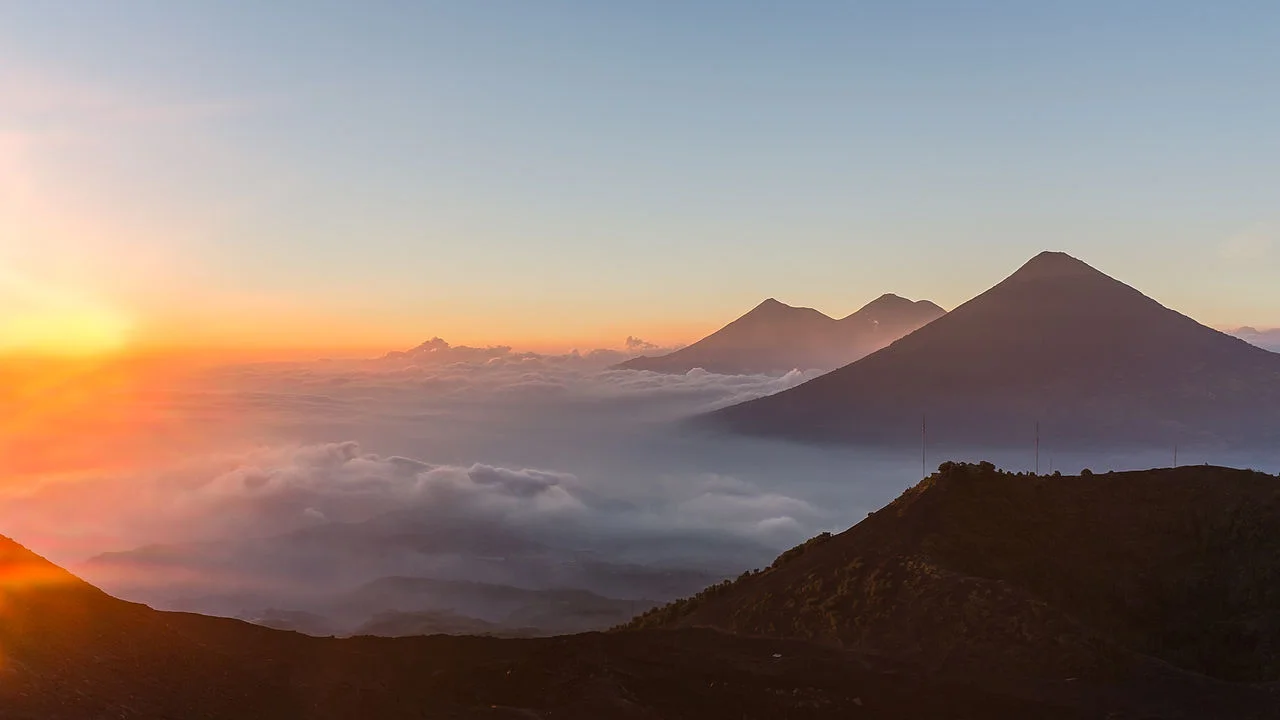In a palace intrigue worthy of George R R Martin, a new study has shown that some bee workers are queenslayers who will rise up and kill their queen if she produces the wrong sort of male offspring. The throne can then be seized by one of her daughters, who will produce the right kind of male heirs – ensuring the survival of the bloodline.
What if Antarctica’s dormant, ice-covered volcanoes wake up?
Learning new tricks from sea sponges, nature’s most unlikely civil engineers
Imagine a future in which buildings tower miles over the streets below, tourists take day trips to the edge of our atmosphere, and multiple space stations can be spotted drifting across the night sky. To make this sci-fi vision a reality, we will need to create new kinds of structures that are lightweight but still strong and tough.
Want a better camera? Just copy bees and their extra light-sensing eyes
A map that fills a 500-million year gap in Earth’s history
Earth is estimated to be around 4.5 billion years old, with life first appearing around 3 billion years ago.To unravel this incredible history, scientists use a range of different techniques to determine when and where continents moved, how life evolved, how climate changed over time, when our oceans rose and fell, and how land was shaped. Tectonic plates – the huge, constantly moving slabs of rock that make up the outermost layer of the Earth, the crust – are central to all these studies.
How the red fox adapted to life in our towns and cities
Flexible foxes can be found in almost any sort of terrain. Indeed, one species, the red fox or Vulpes vulpes, is the most widely distributed land carnivore of all, ranging from the Arctic to North Africa. And where its rivals stick to the countryside, these foxes have made themselves at home in modern towns and cities. Why is this?
The science of taste, or why you choose fries over broccoli
Most people say that if there is a healthy choice on a menu they will take it. But observations and research show this is generally not the case. Instead, people tend to make choices based on how food tastes. Typically, the more sugar, salt and fat in the food, the more we will like it. Genetics, experience and environment also influence our perception of food and the consumption choices we make.
Understanding tornadoes: 5 questions answered
Dinosaur Killing Asteroid Hit in Exactly the Wrong Place
The asteroid that struck Earth about 66 million years ago and led to the mass extinction of dinosaurs may have hit one of the worst places possible as far as life on Earth was concerned. When it struck, the resulting cataclysm choked the atmosphere with sulphur, which blocked out the Sun. Without the Sun, the food chain collapsed, and it was bye-bye dinosaurs, and bye-bye most of the other life on Earth, too.
Early Earth Was Almost Entirely Underwater, With Just a Few Islands
Scientists have worked out how dung beetles use the Milky Way to hold their course
Insects navigate in much the same way that ancient humans did: using the sky. Their primary cue is the position of the sun, but insects can also detect properties of skylight (the blue light scattered by the upper atmosphere) that give them indirect information about the sun’s position. Skylight cues include gradients in brightness and colour across the sky and the way light is polarised by the atmosphere. Together, these sky “compass cues” allow many insect species to hold a stable course.
If a croc bite doesn’t get you, infection will
Why can’t cats resist thinking inside the box?
Where the old things are: Australia’s most ancient trees
Bloomageddon: seven clever ways bluebells win the woodland turf war
The appearance of vivid bluebell carpets in British woodlands is a sure and spectacular sign of spring. Bluebells – Hyacinthoides non-scripta (L.) Chouard ex Rothm – are Britain’s favourite wildflower and particularly fine carpets attract visitors to well-known sites such as Kew Gardens in London and Coed Cefn in Powys, Wales.
Healthy soil is the real key to feeding the world
One of the biggest modern myths about agriculture is that organic farming is inherently sustainable. It can be, but it isn’t necessarily. After all, soil erosion from chemical-free tilled fields undermined the Roman Empire and other ancient societies around the world. Other agricultural myths hinder recognizing the potential to restore degraded soils to feed the world using fewer agrochemicals.
How do animals see in the dark?
Comets or volcanoes? Scientists are changing their minds about how the Earth’s water got here
The Earth has been the blue planet for as many as 3.8 billion years. Ancient sedimentary rock deposits and lava that cooled into characteristic pillow shapes provide irrefutable evidence that liquid water has existed at the Earth’s surface for at least this long. But given how many barren rocks there are in the galaxy, Earth’s abundant oceans raise the question of where all that water came from.
Conservation efforts must include small animals. After all, they run the world
The evidence that shows dinosaurs were in decline for 40 million years before the asteroid hit
When the dinosaurs were wiped off the face of the planet, how did they leave? Was it a slow, plodding decline or a short sharp bang? Back in the 1960s and 1970s, debate about this question was mainly taking place on the ground, at fossil sites in places like Montana. Paleontologist Robert Sloan and his colleagues documented evidence for the long-term decline of dinosaurs over a 10m to 20m-year period. Dinosaurs had been losing out, ever so slowly, to the rising mammals, mainly as a result of cooling climates.




